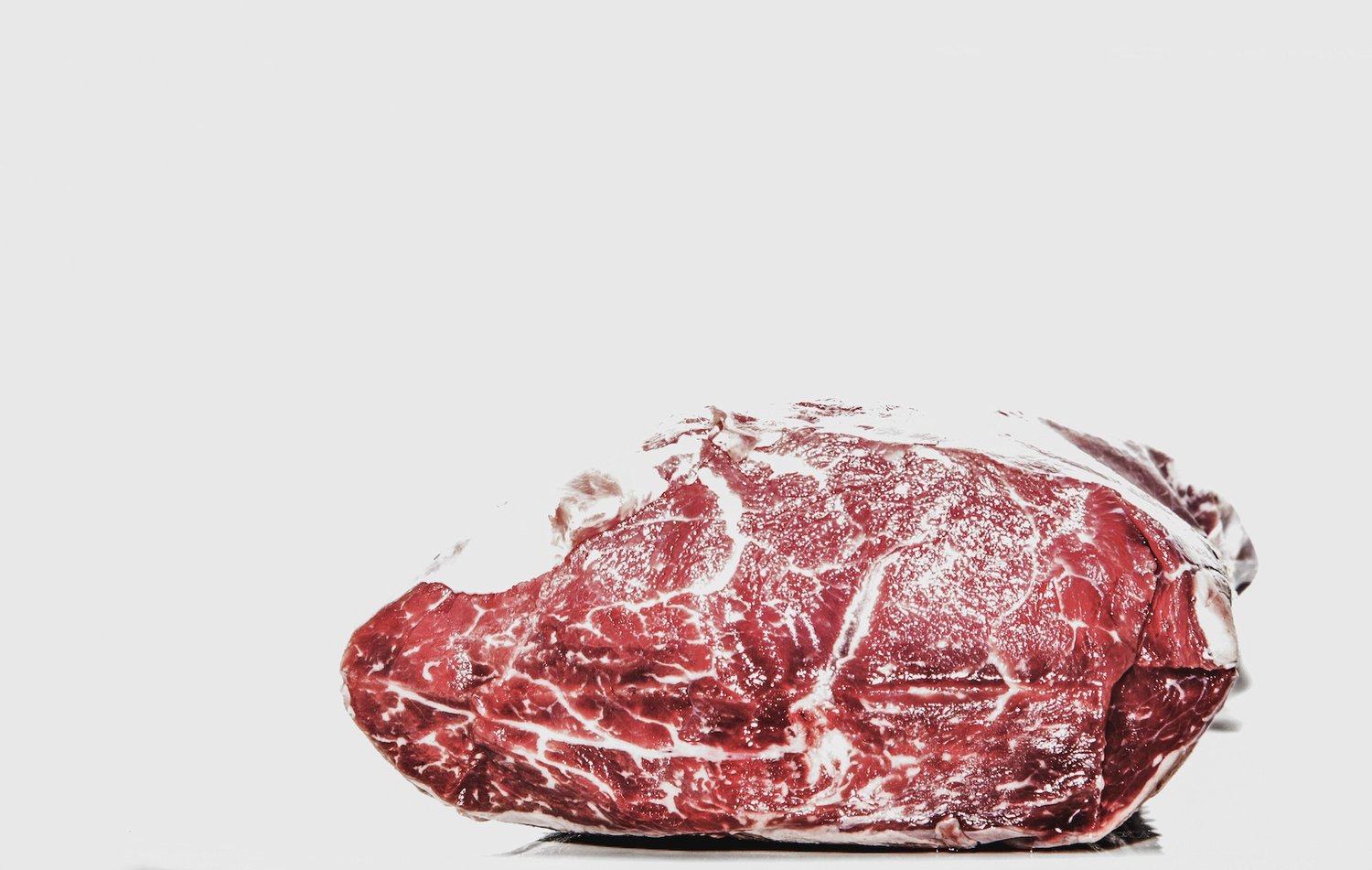Aging meat is really the only way to tenderize it and add desired flavors. The aging process occurs when microbes and enzymes act on the meat, essentially breaking down its connective tissue making it more tender. There are two main ways to do this, though, so let's take a closer look at both.
DRY AGING
Dry aging is an older, traditional method of hanging meats in a box or room under certain temperature and humidity conditions. The meat is able to "breathe" and loses water in the process.
Dry aging meat gives it a distinct flavor because, during its exposure to air, other microbes are invited to act upon the meat. Many traditionalists favor dry aged beef. Most people enjoy the visual of dry aging windows. And for operators, that can mean creating dry aging facilities and a lower yield on meat.
WET AGING
Wet aging, or aging your meat in a vacuum sealed pack, is a newer concept. While most Americans think their meat is dry aged, in reality, wet aging is the predominant method for aging meat in the United States.
The meat is sealed inside a vacuum bag, which holds all the meat's water weight, thus the phrase "wet" aging. Becuase the meat ages in contact with its own blood, it has a more intense sour note or "bloody" flavor that we've become accustomed to enjoy.
So which meat aging method is right for your operation?
This is a complex question of which there is no real answer. Both styles have their merits and benefits. To really determine which aging method is right for you, you should really research both styles in greater detail.









